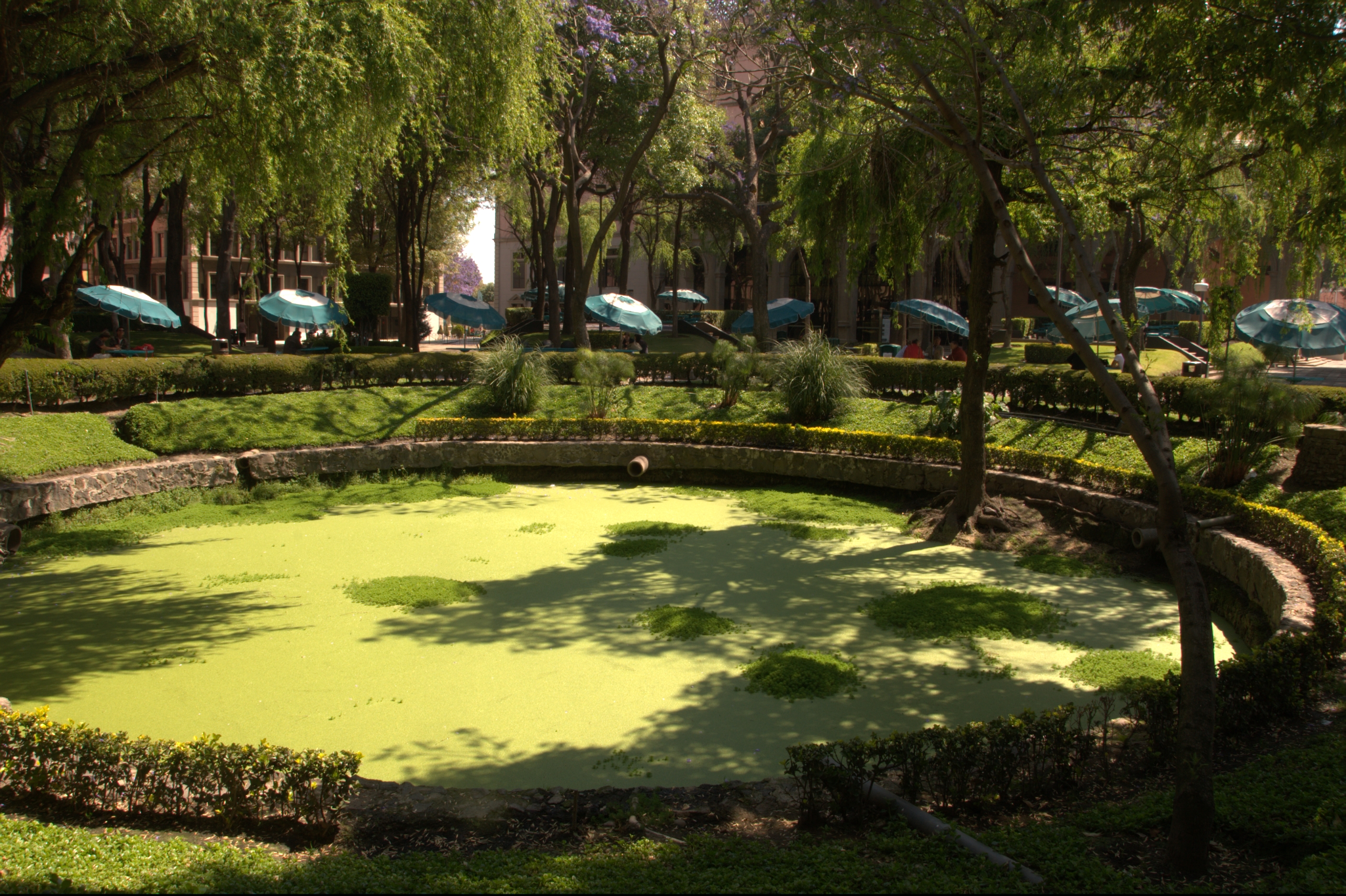Instead of using the roof for catchment, the RainSaucer, which looks like an upside down umbrella, collects rain straight from the sky. This decreases the potential for contamination and makes potable water for developing countries a potential application.[8] Other applications of this free standing rainwater collection approach are sustainable gardening and small plot farming.
A Dutch invention called the Groasis Waterboxx is also useful for growing trees with harvested and stored dew and rainwater.
Traditionally, storm water management using detention basins served a single purpose. However, Optimized Real-Time Control (OptiRTC) lets this infrastructure double as a source of rainwater harvesting without compromising the existing detention capacity.[10] This has been used in the EPA headquarters to evacuate stored water prior to storm events, thus reducing wet weather flow while ensuring water availability for later reuse. This has the benefit of increasing water quality released and decreasing the volume of water released during combined sewer overflow events.[11][12]
Generally, check dams are constructed across the streams to enhance the percolation of surface water in to the sub soilstrata. The water percolation in the water impounded area of the check dams, can be enhanced artificially many folds by loosening the sub soil strata / overburden by using ANFO explosives as used in open cast mining. Thus local aquifers can be recharged quickly by using the available surface water fully for using in the dry season.



